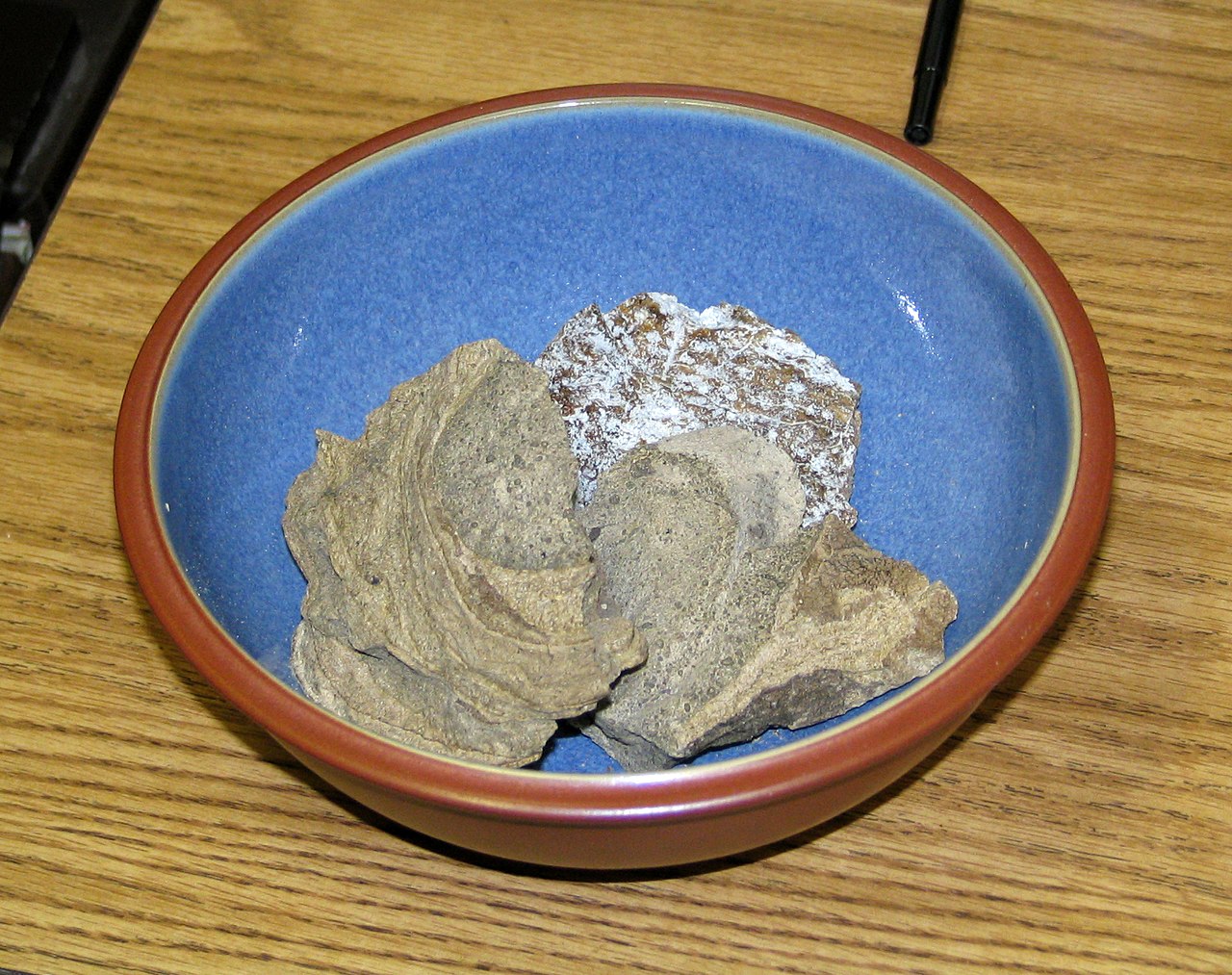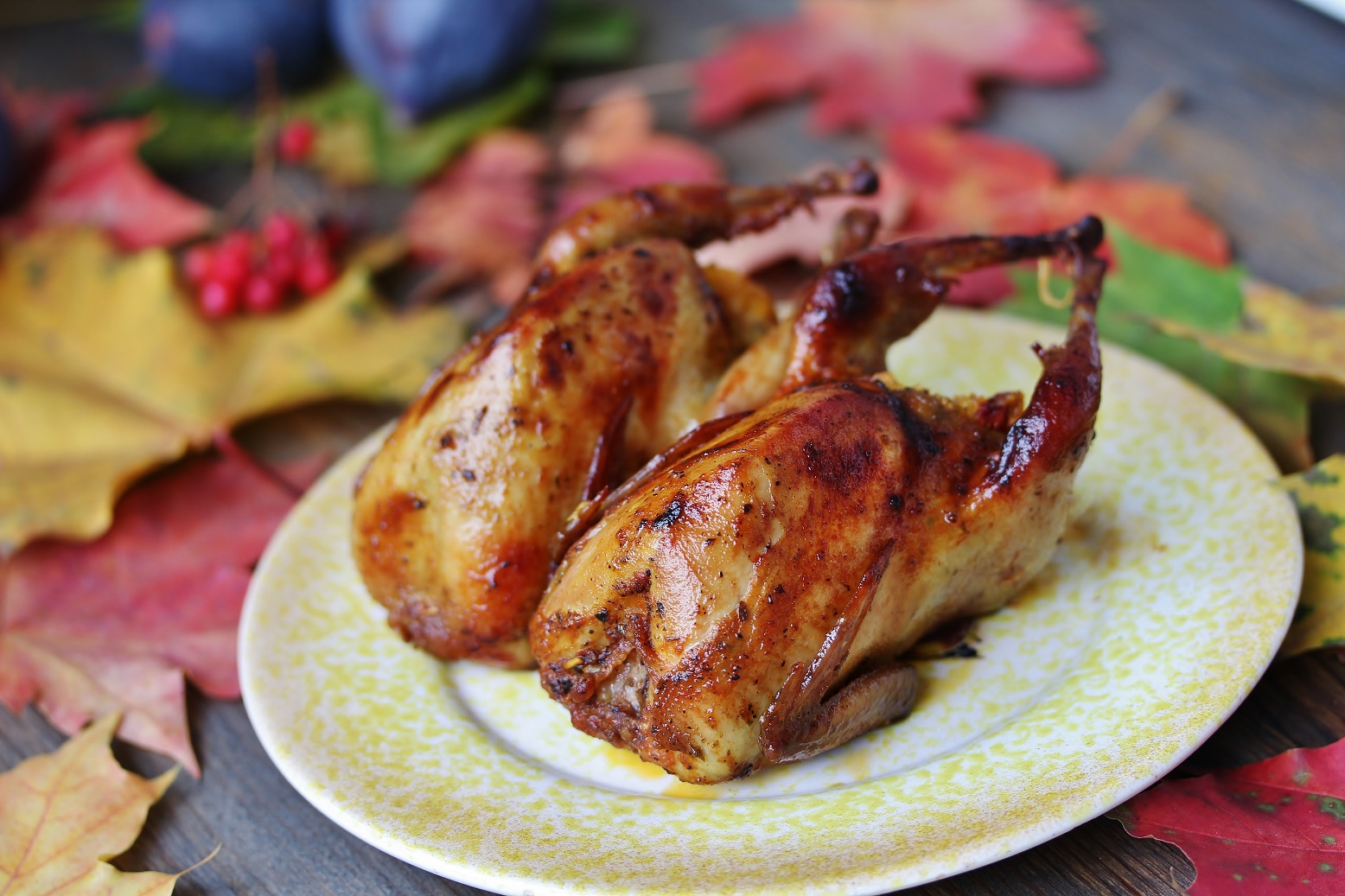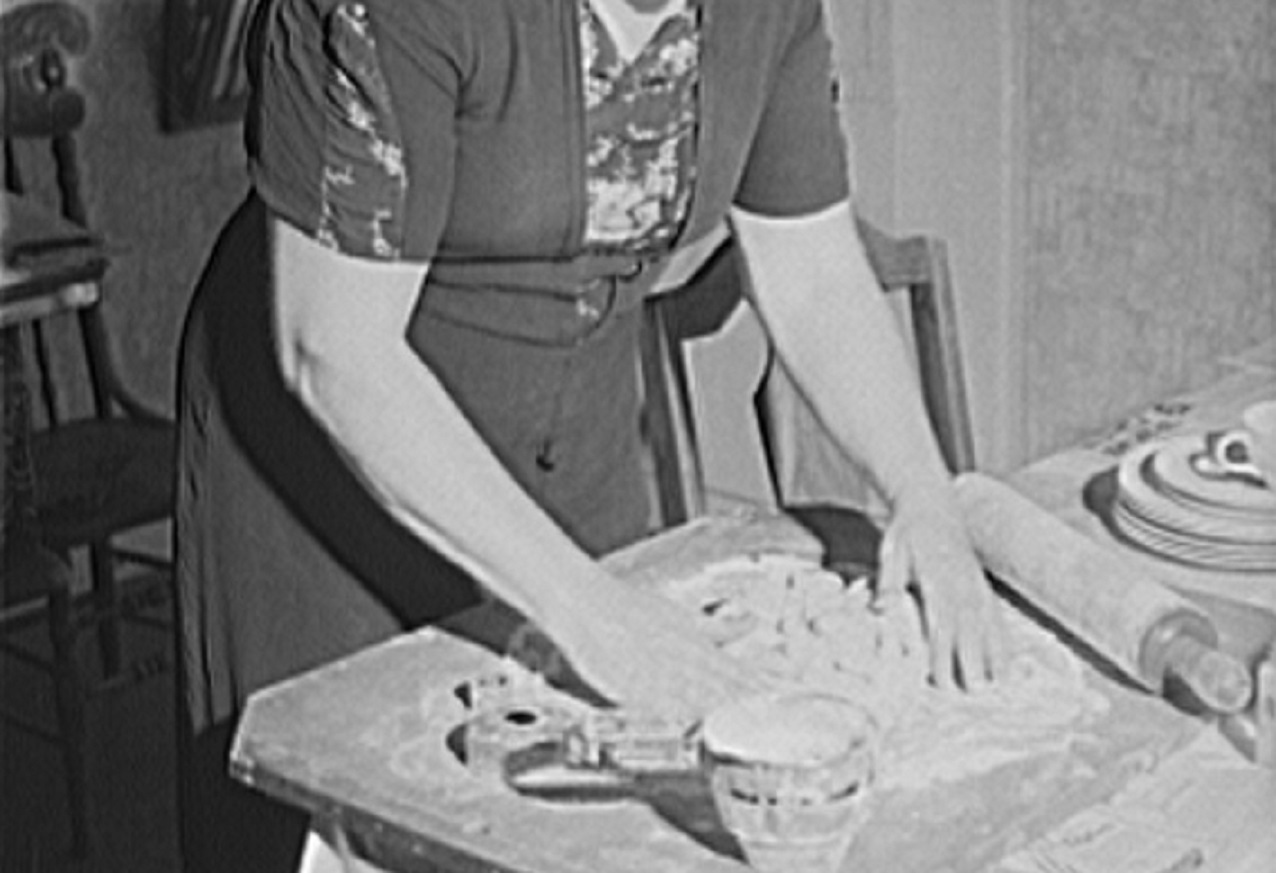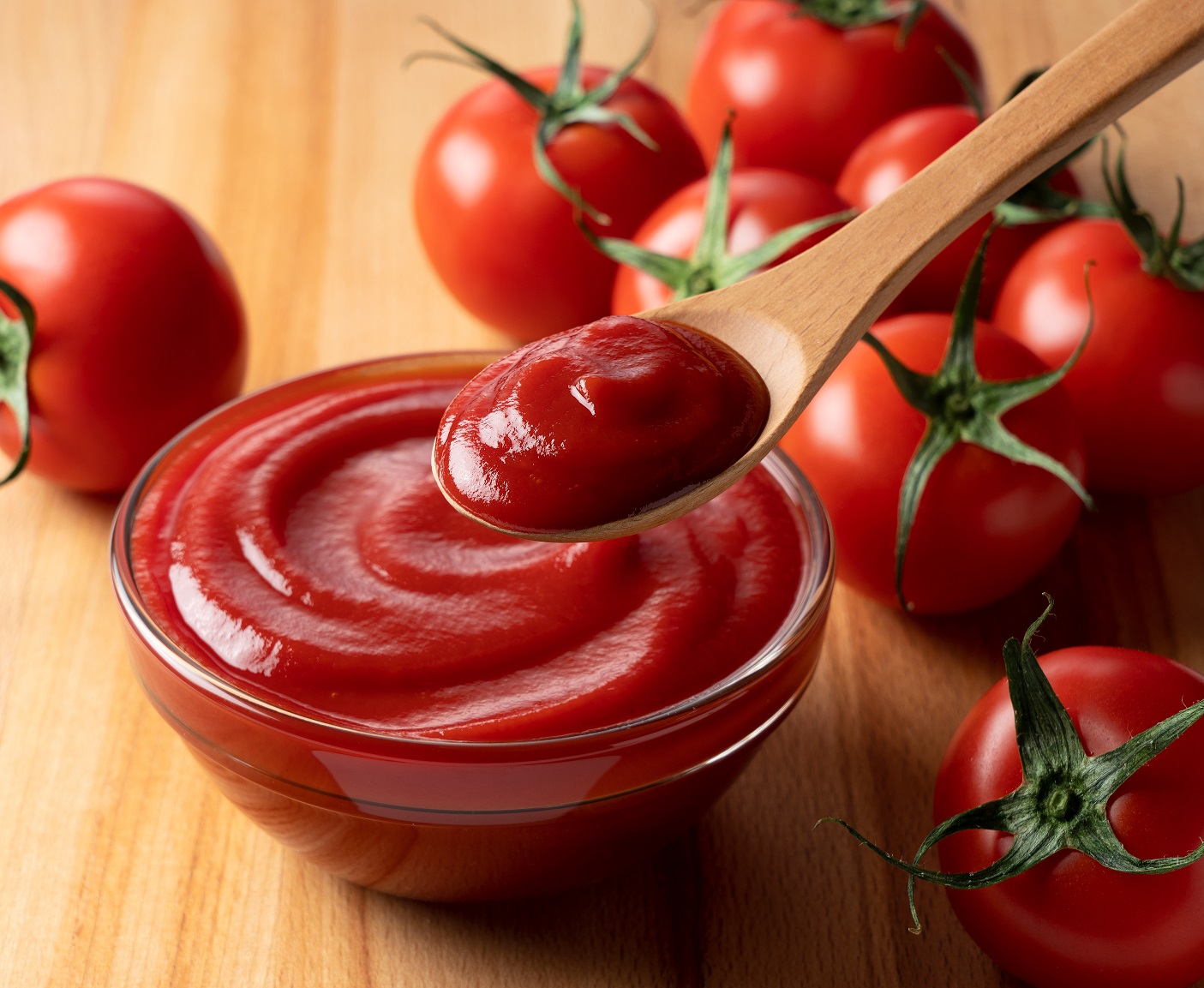They Ate WHAT??
Colonial Americans certainly had different palates than today's Americans. What they often considered luxurious delicacies modern folk might consider absolutely horrifying. From calf's foot jelly to oyster-flavored ice cream, their "scrumptious" meals were on another level.

Eel Pie
Though people still eat eel today, Colonial Americans did it a bit differently. They enjoyed baking the eels into pies. But that's not all. In order to catch the eel, they would lure them into traps using lobster as bait.
Swan Stew
18th-century Americans had no qualms when it came to eating one of the earth's most beautiful animals: the swan. Taking a page out of England's book, they happily stewed swan meat for protein.
 Ewan Munro, UK, CC BY-SA 2.0, Wikimedia Commons
Ewan Munro, UK, CC BY-SA 2.0, Wikimedia Commons
Beaver Tail
Beaver tails in the 17th and 18th centuries weren't made of delicious deep-fried batter topped with chocolate and syrup like you might find at the fair today. Back then, the beaver population in North America was incredibly high—and the fur trade flourished. However, that also meant that beaver tail became a sought-after delicacy.
 Catherine (Katarzyna) Bulinski, Flickr
Catherine (Katarzyna) Bulinski, Flickr
Delicious Beaver Fat
Colonial America found something to love about the fatty beaver tail meat. One cookbook author described the roasted dish as "essentially gamey-tasting fat".
Ambergris
Perhaps one of the most cringeworthy foods from history is ambergris—a fancy word for the substance that whales regurgitate. According to the Oxford Dictionary, it is "a waxy substance that originates as a secretion in the intestines". Yum.
 Peter Kaminski, CC BY 2.0, Wikimedia Commons
Peter Kaminski, CC BY 2.0, Wikimedia Commons
Mix It With Chocolate
In the 18th century, folks would add ambergris to their dishes as a special indulgence. Europeans began adding it to chocolate in the 17th century—and the recipe eventually reached Colonial North America.
 EcomareDerivative, CC BY-SA 4.0, Wikimedia Commons
EcomareDerivative, CC BY-SA 4.0, Wikimedia Commons
It's Used In Perfumes
Perhaps another bizarre aspect of ambergris is that it has a musky smell. These days, it is best known as an ingredient in perfumes and not as a delicacy.
 Impact Photography, Shutterstock
Impact Photography, Shutterstock
Pigeons
Sometimes known as the rodents of the sky, pigeons served a different purpose in the 17th and 18th century. With mindful preparation, the elite served them up as a special dish.
Those who weren't as affluent also ate pigeons, but without the benefit of fancy spices.
 Lyudmila Mikhailovskaya, Shutterstock
Lyudmila Mikhailovskaya, Shutterstock
Turtle Soup
If you were rich in the 18th century, there's a good chance you'd dine regularly on turtle soup—and it actually sounds quite delicious. The soup was prepared with butter and wine, making it incredibly luscious and rich.
Clabber
The word "clabber" isn't the most inspiring name for a dish, but it's not as offensive as it seems. Essentially, clabber was a type of yogurt, which came from curdled milk. Keep in mind, however, there wasn't proper refrigeration at the time.
 Kagor, CC BY-SA 3.0, Wikimedia Commons
Kagor, CC BY-SA 3.0, Wikimedia Commons
A Sour Delight
Clabber's flavor likely wasn't as subtle as the yogurt we know today; it had a very forceful, sour taste. Toppings like pepper, nutmeg, and cinnamon helped enhance the dish.
Scrapple
Hailing from the Pennsylvania Dutch country and some mid-Antlantic Colonies, scrapple certainly doesn't sound appetizing. It was a loaf made of pork scraps and cornmeal.
Waste Not Want Not
Moreover, scrapple often incorporated the parts of the pig that would usually get thrown in the trash—the organs, including the liver and the heart. However, scrapple didn't completely disappear.
Even today, some Mennonite and Amish folks still prepare the dish.
Pepper Cakes
Martha Washington's cookbook, A Booke of Cookery, had some peculiar recipes, some of which used pepper in unbelievable ways.
The Power Of Pepper
You see, pepper was a relatively new spice from India, and using it in one's dishes could help boast one's status—and many 18th-century folks put pepper in their desserts.
A Recipe To Remember
Notably, Matha Washington had a cake recipe that used pepper, which claimed that these cakes could keep for "a Quarter or Halfe a Year".
Posset
At first, the dessert known as posset sounds quite delicious. How can you go wrong with custard made out of eggs, flour, and cream? Well, all you have to do is add one extra ingredient and it becomes a completely different thing.
Curdled Custard
In order to make the posset drinkable, 18th-century folks would add ale to it, which curdled the cream component of the dessert. This was a popular beverage often served at weddings.
The Problem With Ice Cream
During the last half of the 18th century, ice cream had captivated the tastebuds of dessert lovers. However, there was just one problem. It was incredibly hard to preserve ice cream without freezers.
Keeping It Cold
In order to store their ice cream, Americans had to use enormous ice houses, which were laborious to maintain. Even some famous historical figures adored the sweet treat, including the Washingtons and Thomas Jefferson.
However, when it came to flavors, some folks had truly odd cravings.
Oyster-Flavored Ice Cream
Reportedly, the first lady Dolley Madison had a bizarre affinity for oyster-flavored ice cream. Apparently she'd use "small, sweet" oysters from the Potomac River to enhance her ice cream experience.
 National Portrait Gallery, Wikimedia Commons
National Portrait Gallery, Wikimedia Commons
A Different Kind Of Ketchup
Ketchup is undoubtedly one of the best condiments around, but back in the 18th century, "katchup" was a completely different thing.
"Katchup"
Imagine ketchup...without the tomatoes. That's katchup. There were varying recipes, but it was a sauce that took a lot of inspiration from Asian cuisine.
A Wild Concoction
One recipe for katchup called for: vinegar, white wine, cloves, ginger, anchovies, horseradish, and nutmeg. Paired with fish or meat, this condiment was just the ticket.
Not The Lobster Of Today
Today, when we think of lobsters, we think of a pretty pricey delicacy. But 18th-century Americans were riding a different wavelength.
Thanks to the flourishing Atlantic seaboard, there was more than enough seafood—and the way Americans saw lobster was quite surprsing.
 Nowforever, CC BY-SA 4.0, Wikimedia Commons
Nowforever, CC BY-SA 4.0, Wikimedia Commons
The Poor Dined On Lobster
In Colonial America, the lobster was thought of as a dish meant for poor people. In fact, lobsters were so affordable, prisoners and slaves often dined on them.
A Special Apple Drink
Apples didn't actually originate in North America. English colonists brought the tree over and the fruit became a big deal. However, there was one potent drink that could be produced from apples—and it was not for the faint of heart.
 New York Public Library, Picryl
New York Public Library, Picryl
Applejack
Enter: Applejack. The alcohol content of apple jack was about 30% and was created through a freezing process. through freeze-distillation, apple cider became far stronger than the average drink.
 Antonio Cavallo, Wikimedia Commons
Antonio Cavallo, Wikimedia Commons
Calf's Foot Jelly
The fascination with molded jellies in the 18th century is certainly a headscratcher today, but back then, something called calf's foot jelly was all the rage. However, the process of making it wasn't exactly appetizing.
 Nizzan Cohen, CC BY 4.0, Wikimedia Commons
Nizzan Cohen, CC BY 4.0, Wikimedia Commons
Boiling The Hoof
How did one make calf's foot jelly? Quite simply, by boiling a calf's foot and collecting the gelatin it creates. Americans also thought that it was an excellent remedy for illnesses.
 Nizzan Cohen, CC BY 4.0, Wikimedia Commons
Nizzan Cohen, CC BY 4.0, Wikimedia Commons
























